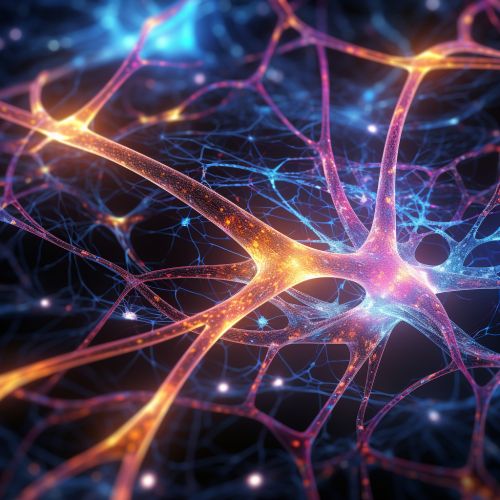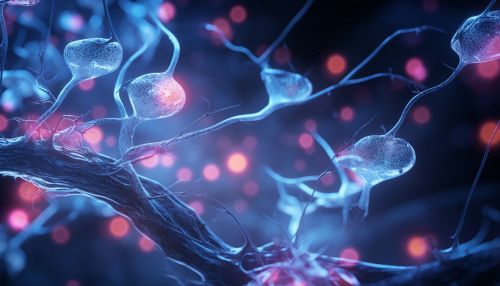Plasticity in Brain Development
Introduction
The human brain, a complex organ with a myriad of functions, is characterized by its ability to change and adapt in response to experiences, a phenomenon known as brain plasticity. This plasticity is particularly evident during development, where the brain undergoes significant structural and functional changes. This article delves into the intricacies of plasticity in brain development, exploring the mechanisms, factors influencing it, and its implications for learning and memory.


Mechanisms of Brain Plasticity
Brain plasticity, also known as neuroplasticity, is the brain's ability to reorganize itself by forming new neural connections throughout life. This plasticity is driven by two primary mechanisms: synaptic plasticity and non-synaptic plasticity.
Synaptic Plasticity
Synaptic plasticity refers to the ability of the connections between neurons, known as synapses, to strengthen or weaken over time. This process is crucial for learning and memory. There are two main types of synaptic plasticity: Long-Term Potentiation (LTP) and Long-Term Depression (LTD).
Long-Term Potentiation (LTP)
LTP is a process where synaptic connections between neurons become stronger with frequent activation. This strengthening of synapses leads to a long-lasting increase in signal transmission between neurons, forming the basis of learning and memory.
Long-Term Depression (LTD)
Conversely, LTD is a process where infrequently used synaptic connections weaken over time. This weakening of synapses is a necessary process for eliminating unnecessary neural connections and refining neural circuits.
Non-Synaptic Plasticity
Non-synaptic plasticity involves changes in the brain that do not directly involve synapses. This includes changes in the neuron's excitability through alterations in ion channels or changes in how action potentials are generated and propagated.
Factors Influencing Brain Plasticity
Several factors influence brain plasticity during development, including genetics, environment, age, and experience.
Genetic Factors
Genetic factors play a crucial role in brain plasticity. Genes influence the overall architecture of the brain and the formation of neural connections. Certain genetic disorders, such as Fragile X Syndrome, can impair brain plasticity and lead to cognitive deficits.
Environmental Factors
The environment in which an individual grows up can significantly influence brain plasticity. Enriched environments that provide sensory, cognitive, and motor stimulation can enhance brain plasticity, while deprived environments can hinder it.
Age
Age is a critical factor in brain plasticity. During the early years of life, the brain exhibits a high degree of plasticity as it rapidly forms new neural connections. However, as the brain matures, this plasticity decreases, although it never disappears entirely.
Experience
Experiences, both positive and negative, can shape brain plasticity. Positive experiences, such as learning a new skill or language, can strengthen neural connections, while negative experiences, such as trauma or stress, can weaken them.
Implications for Learning and Memory
Brain plasticity has significant implications for learning and memory. The strengthening and weakening of synaptic connections, driven by experiences and learning, form the basis of memory formation. Furthermore, the brain's ability to reorganize and adapt allows for lifelong learning and adaptation.
Conclusion
Understanding the mechanisms and factors influencing brain plasticity during development can provide insights into learning and memory processes, and may also have implications for treating neurological disorders. Despite the significant strides made in this field, much remains to be discovered about the complexities of brain plasticity.
